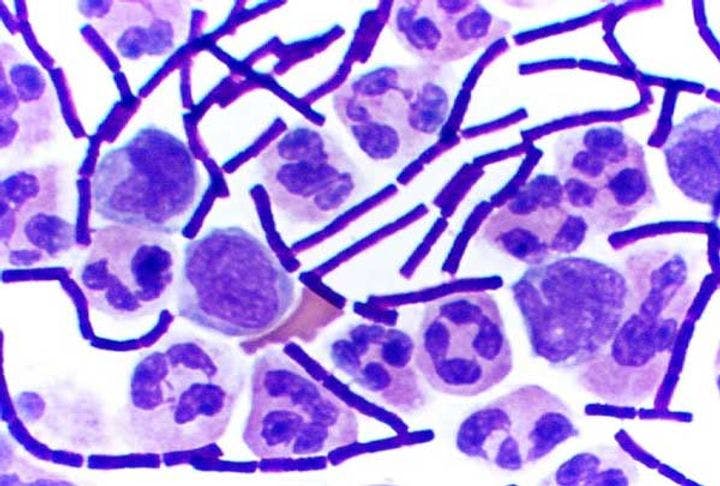Fall 2007
Terror in the Fields
– The Wilson Quarterly
Contaminating food supplies are a tempting terrorist tactic. Just look at several anthrax outbreaks for a glimpse at the potential devastation.
“For the life of me,” said Secretary of Health and Human Services Tommy Thompson when he stepped down in 2004, “I cannot understand why the terrorists have not attacked our food supply, because it is so easy to do.”
Anthrax and citrus canker are examples of contagions that could devastate agriculture. But no potential weapon would be cheaper or simpler to introduce than foot-and-mouth disease in livestock. The most contagious of all mammal diseases, it is common in the developing world, where it can be easily captured and transported without danger to humans. It debilitates animals, reducing their milk and killing their young. A small outbreak can devastate a nation’s livestock industry.
“An agroterrorist attack lacks the shock value of immediate and bloody human carnage,” writes Lesley Seebeck, an analyst in strategic policy for Australia’s Department of Defense. But as antiterrorism efforts make mass murder harder to achieve, terrorist groups could change tactics.
Seebeck’s inquiry into foot-and-mouth disease outbreaks in Britain during 1967–68 and again six years ago produced sobering results: The lessons learned in the 1960s offered little help later on. Modern agriculture, with its feedlots and factory farms, antibiotic-resistant germs, rapid movement of goods, and reduced inspections, has created many new vulnerabilities.
In 2001, the first cases of foot-and-mouth were discovered on February 19, among pigs that had eaten infected swill, possibly from a local Chinese restaurant that may have imported meat illegally from Asia. By the time British authorities were alerted, the virus had spread to 57 locations in 16 counties. Sheep and cattle were also affected.
Researchers scrambled to build computer models based on the 1960s crisis to help anticipate events. The models were simplistic, according to Seebeck, and lab work was slow. “Peace-time testing systems” were unable to cope with the demands of a nationwide outbreak.
London soon issued a draconian order: Slaughter all animals within 24 hours of infection, and all animals within a radius of nearly a mile within 48 hours. Researchers estimated afterward that well over 80 percent of the slaughtered animals had been healthy.
Eight months after the infection, technicians identified the last case. The outbreak had cost Britain as much as $10 billion.
For this kind of threat, Seebeck writes, there is no single strategy. It can’t be stopped at the border. An adequate defense must extend from beyond the horizon—tracking threats around the world—to local farmers and officials able to serve as first responders if trouble starts.
* * *
The Source: "Responding to Systemic Crisis: The Case of Agroterrorism" by Lesley Seebeck, in Studies in Conflict and Terrorism, September 2007.
Photo courtesy of Wikimedia Commons
